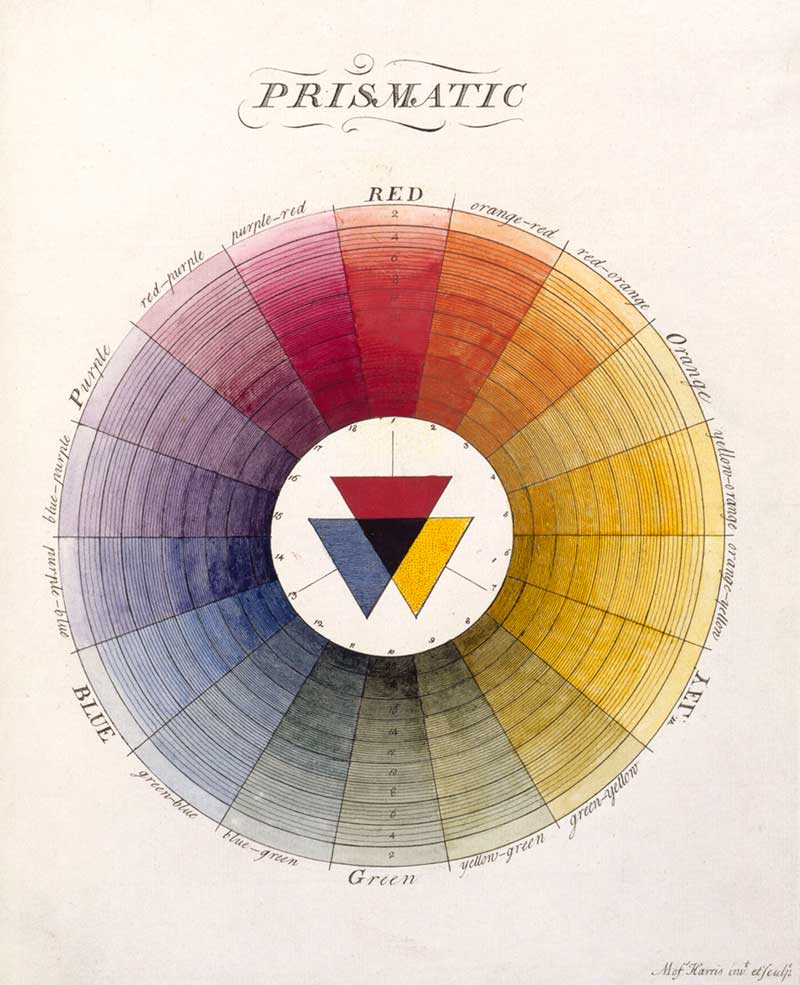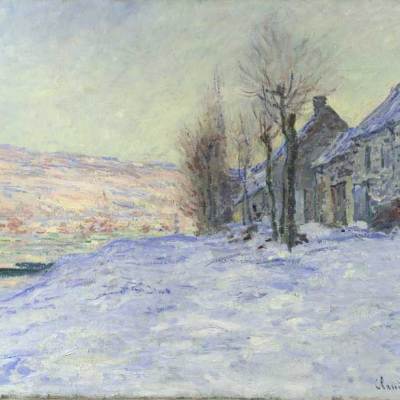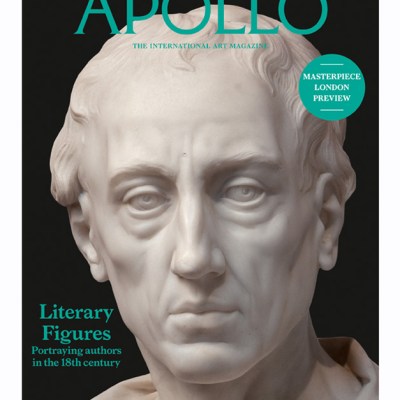Back to basics: a new exhibition at the National Gallery in London looks more closely at the pigments and paints that have shaped the history of art. We spoke to one of the curators, Ashok Roy, to find out more.
Click here for a gallery of highlights from the exhibition
Can you tell us a bit about the exhibition?
‘Making Colour’ charts the history of the sometimes rare and exotic colouring materials used to create paintings, and the struggles artists have undergone to find pigments of suitable strength and stability to meet their expressive aims. The exhibition contains a wonderful selection of National Gallery paintings, accompanied by important loans of minerals, ceramics, metalwork and Renaissance textiles to show how painters’ materials are connected to those used in the sister arts.
What makes this a distinctive show?
This is a very novel exhibition, and one which the National Gallery is particularly well placed to mount. Through the work of the Gallery’s Scientific Department, our paintings have been the subject of intensive examination and analysis over many years. Because the National Gallery’s collection of European painting is unusually broad and representative, we are able to present a material history of colour in a comprehensive way, and to provide an engaging interpretation of a subject with dramatic visual appeal. The exhibition ends in our small adjoining cinema with a pioneering scientific experiment – an interactive programme for visitors to record their own visual responses to paintings under very different lighting conditions.
How did you come to curate this exhibition?
The original idea was that of the National Gallery’s director, Nicholas Penny, who has always had a strong interest in the material aspects of art. I have spent my working life at the gallery exploring, by scientific means, the history of pigment uses in European painting, so it was natural for me to devise the show. I have been working on this with a close colleague in the curatorial department, Caroline Campbell, who also has a longstanding interest in painters’ materials and techniques.
What is likely to be the highlight of the exhibition?
There are many highlights, and it seems a shame to spoil the visitors’ pleasure in finding their own. However, now that the exhibition has been installed before opening, I have been very struck by two extraordinary conjunctions of great paintings – works by Masaccio and Degas in the ‘red’ room, and landscapes by Cézanne and Philippe Rousseau in ‘green’. There is a most beautiful large piece of mineral azurite from the Rhone Valley, lent by the Natural History Museum, which is its own special highlight. But there is much else of value and beauty.
And what’s been the most exciting personal discovery for you?
It is only when the actual exhibits chosen for a show are hung and organised in the galleries that the actual resonances, meanings and visual appeal of your choices begin to coalesce properly, and there is a worrying time beforehand that the desired effects will not emerge. I have been very excited indeed, as has my co-curator, to see how striking and effective some of our choices have proved to be, while retaining a clear flow of information to the visitor on the central subject of the history of the materials of painting.
What’s the greatest challenge you’ve faced in preparing this exhibition?
I think probably ensuring the complex programme of the exhibition was devised both to convey a coherent story of the historical origins and uses of painters’ materials and to make the exhibition as appealing to the eye as possible. The gallery’s own designers have been spectacularly successful in this regard.
The Natural System of Colours Wherein is displayed the regular and beautiful Order and Arrangement, Arising from the Three Premitives [sic], Red, Blue and Yellow, The manner in which each colour is formed, and its Composition… (1769/1776), Moses Harris. Royal Academy of Arts, London

How are you using the gallery space? What challenges will the hang/installation pose?
We have decided to hang the show in the sequence that colours are represented on many historical colour wheels, since there is something of an embedded cultural understanding of the order of the visible spectrum, going back to the time of Isaac Newton. Because we have combined National Gallery paintings with loans of objects and minerals, there are particular constraints, and challenges, in ensuring a safe and satisfactory display in terms of lighting, design and layout, particularly for large numbers of visitors.
Which other works would you have liked to have included?
We have a section at the end of the show dealing with gold and silver in paintings. It would have been marvellous to have Uccello’s Battle of San Romano in the last room, since it represents such an extraordinary use of silver leaf for the assembled knights’ armour, although now sadly very tarnished. The picture is too large to fit easily downstairs in the temporary galleries, and it is also too important to the Sainsbury Wing permanent display upstairs. We have solved this conundrum by including a new reconstruction of part of the picture showing how the silver leaf would have looked in the 15th century when the picture was first made.
‘Making Colour’ is at the National Gallery, London, from 18 June–7 September.





